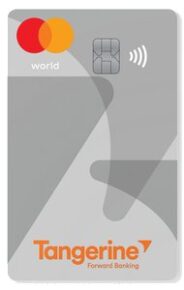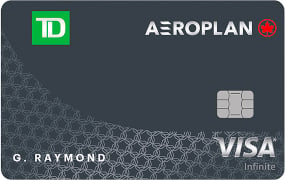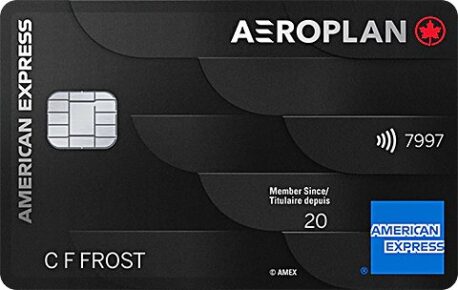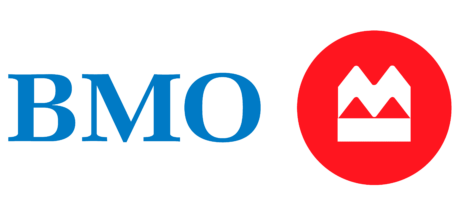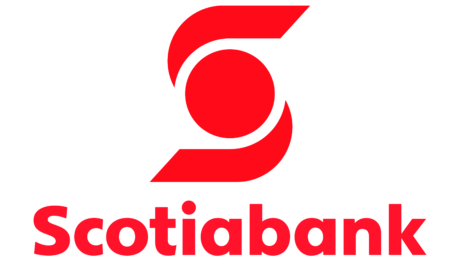You can use either branch banking or online banking to manage your bank account — the services are pretty similar, with a few key differences. Before the advent of internet banking, you had to physically visit a bank or credit union to conduct most of your financial transactions. However, technological advancements allow you to bank remotely from your computer, tablet or smartphone.
Whether it’s in-person or online access, the differences between online banking and traditional banking are not as stark as you might expect. But it’s important to understand them so you can choose the type of banking that works best for you.
What is online banking?
Online banking, sometimes called digital banking, is the process of managing your finances online using your bank’s website or app from the comfort of your home or while on the go.
You can conduct many banking transactions online, including:
- Deposit cheques.
- Transfer money between accounts.
- Invest.
- Pay bills and taxes.
- Send payments to other people or businesses.
- Open a new bank account.
- Apply for a credit card.
Online banking has become the most popular way to bank for many Canadians, especially since the beginning of the COVID-19 pandemic. According to the Canadian Bankers Association, 78% of Canadians use digital channels to conduct most of their banking transactions and two-thirds use their bank’s digital app[1].
When you use online banking tools, you don’t have to work around the bank’s schedule or travel to a branch. You can bank at any time from anywhere, as long as you’re connected to the internet.
Canada’s traditional banks and credit unions all offer online banking options. In addition, there’s a variety of online-only banks, many of which offer better interest rates, lower fees and better perks as they don’t have to pay the staffing and overhead costs faced by brick-and-mortar banks. However, online-only banks tend to be smaller than major financial institutions in the country and may offer a limited range of financial products.
If you’re thinking of opening an account with an online-only bank, make sure it offers the services you may need, such as access to automated teller machines (ATMs) or high-interest savings accounts.
What is branch banking?
Branch banking — also known as retail or traditional banking — refers to the act of visiting a physical location of your bank to conduct financial transactions.
Depending on your banking needs, you may be able to handle your transactions with the help of a teller or manage it yourself at an ATM. For more in-depth banking requests or for specialized financial products, you may need to make an appointment to speak with a bank representative at a branch.
With branch banking, you have to travel to the bank and can visit only during its operating hours. However, branch banking also involves chatting and connecting with people, and this human touch is important for some people.
Differences between online banking and traditional banking
When it comes to online banking vs. traditional banking, the main differences are convenience and human contact.
Online banking is more convenient for most people, as there are no limits on when and where you can do your banking. However, since you’ll handle your transactions using your computer or smartphone, online banking doesn’t involve any human connection with a bank representative — which could be a pro or a con, depending on your perspective. Also, some people may not be comfortable doing online banking.
There are other differences, too. While online banking allows you to do many types of transactions from home, you can’t withdraw cash through your mobile app or computer nor can you use a safety deposit box. If you want cash or to store your valuables or important documents in a safe deposit box, you’ll need to visit a branch or an ATM (for cash). Additionally, online banking comes with some digital security risks, and requires you to be diligent about guarding your password and account numbers.
Here’s a quick rundown of the pros and cons of online banking vs. traditional banking.
Online banking pros and cons
Pros of online banking
- Accessible anytime, anywhere you have internet access.
- Allows you to handle most banking transactions independently.
- Online-only banks may offer better rates and fees.
Cons of online banking
- No human connection (though, this might be a pro for some people).
- Can’t handle all types of transactions, such as withdrawing cash or using a safety deposit box.
- Online-only banks may have a more limited selection of accounts and products.
Branch banking pros and cons
Pros of branch banking
- Human connection (though, having to speak with a representative might be a con for some people).
- Can easily withdraw cash.
- Offer access to a wider variety of accounts and products.
Cons of branch banking
- Must visit during the bank’s hours of operation.
- Must travel to a physical bank.
- May face higher fees than online-only banks.
How to choose between online banking and branch banking
The great thing is, you don’t have to choose. Many Canadians wind up using a combination of both types of banking. For example, you may handle day-to-day money management via online banking, but then visit your local branch for more complex transactions.
Neither type of banking is necessarily better than the other. It depends on whether online banking or traditional banking better suits your personal needs and preferences.
Article Sources
-
Canadian Bankers Association, “How Canadians Bank,” accessed April 21, 2023.
DIVE EVEN DEEPER

Best Chequing Accounts in Canada for 2024
Choose the best chequing account for your everyday banking needs by comparing the fees, features and conveniences.

Types of Financial Institutions in Canada
Canadian financial institutions vary in size, type, location and services. Consider these features and traits when choosing a financial institution.

Bank Draft vs. Certified Cheque vs. Money Order: Key Differences to Know
Bank drafts, certified cheques and money orders are all secure alternatives to cash, but they differ in availability, amount limits and cost.

What Is Web Business Banking?
Web business banking is a safe, convenient and efficient way for businesses to handle their everyday financial needs.
